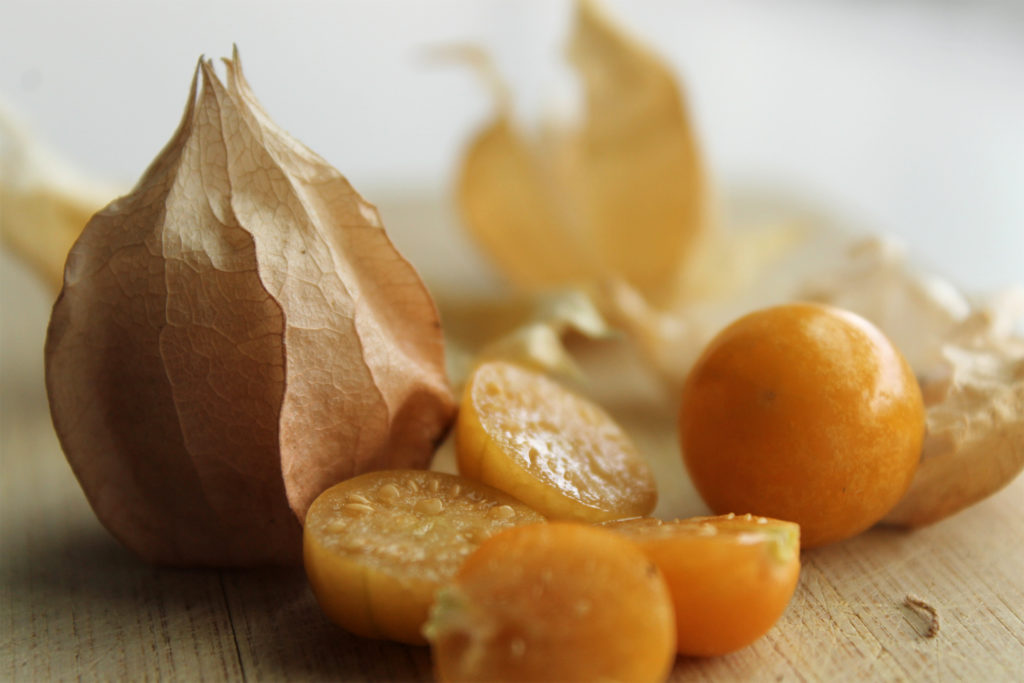A rare tiny fruit has the potential to be the next big superfood trend and thanks to CRISPR technology, we will be seeing a lot more of it in grocery stores soon. Scientists at New York’s Cold Spring Harbor Laboratory used CRISPR genome editing to tweak the groundcherry’s DNA in order to produce a larger and more fruitful variety.
The fruit is commonly found in Central and South America and it grows in a husk that is similar to tomatillos. Groundcherries are occasionally found in farmers markets and certain grocery stores in North America but they are known as “orphan crops” among farmers because they’re not reliable for mass production. This is because the fruit often falls to the ground prior to ripening (hence its name, “groundcherry”).
However, this genetically modified groundcherry is more dependable for mass production. This is because the fruit was made to be more abundant with up to 50 percent more fruit than the original version. The scientists also increased the size of the groundcherries by 24 percent. According to CNN, the researchers plan on using gene editing to experiment with the groundcherry’s color and taste. They also plan on adding more fiber and protein to the fruit to make it more appealing to consumers.
“We targeted genes that we knew from our experience could make the plant more compact and manageable,” Joyce Van Eck, a researcher at the Boyce Thompson Institute, told CNN. “Farmers have been saying, ‘if you can just get them to behave, we’d be growing acres of these.'”
This technological advancement has promising results for the future of agriculture. The researchers hope that one day their gene editing technique could be applied to other “orphan crops” in South America. This could also mean that the same technology could be applied to other tropical and rare fruits to make them more compatible and accessible in North America.
“If you think about agriculture going into the future, we need to have more tools in our toolbox,” Zachary Lippman, a Howard Hughes Medical Institute investigator at Cold Spring Harbor Laboratory, told CNN. “And the more crops we have at our disposal, the more power we’re going to have to address needs.”
As for groundcherries themselves, the fruit has a lot of potential to be the next big superfood trend. Food giant Nestlé has already invested in a stake in Terrafertil, which is an Ecuador-based company that is known to be the world’s largest buyer of groundcherries (otherwise known as goldenberries). This is because the CPG company believes that goldenberries are going to be the next big trend in the industry because of their nutritional properties. The company plans on incorporating these berries into products such as baby food, cereal bars and chocolate.
Groundcherries are known to be low in calories and a good source of vitamins C and A. With CRISPR technology these berries will likely become even more appealing to health-focused consumers because of their added protein and fiber content. However, some consumers might be turned off by them since they are considered to be GMO fruits.
Nevertheless, these new groundcherries/goldenberries are likely to attract a lot of attention as rare and tropical food items.
“This is pretty good proof that with gene editing you can think about bringing other wild plants or orphan crops into agricultural production,” Lippman said in a release. “The more arrows we have in our quiver to address agricultural needs in the future, the better off we’re going to be.”












Join or login to leave a comment
JOIN LOGIN